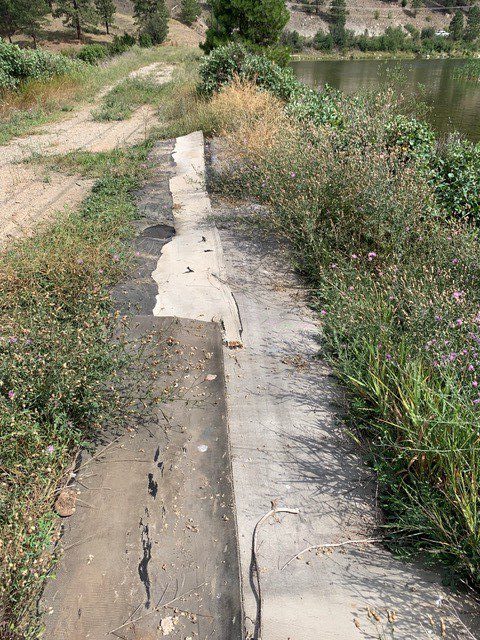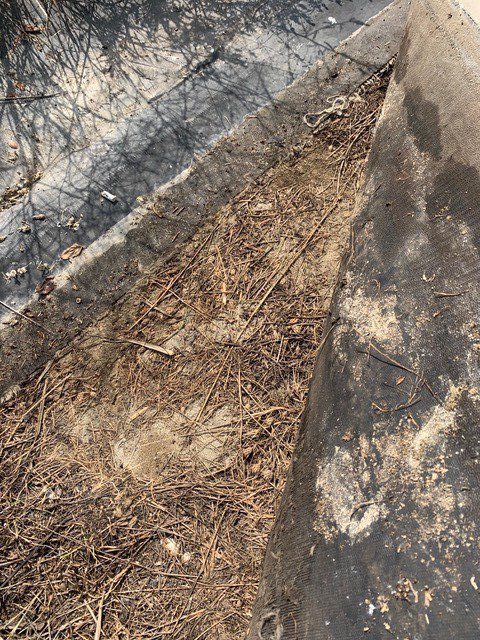
You have likely seen Spotted Knapweed (Centaurea stoebe) in BC, a purple flowering plant that covers hillsides, road sides, fields and even forest floors. Spotted Knapweed is a provincially listed noxious weed and a prolific seed producer, making up to 140,000 seeds per plant. This invasive species originated in Europe and was introduced to BC where it quickly spread through vehicle use, recreation, people’s outdoor gear, gardens, and building or agriculture equipment, along with natural influences like wind. The plant establishes in open areas with dry soils and quickly depletes the resources, outcompeting native species which results in degraded native plant communities. Invasive species like Spotted Knapweed impact conservation land, the agriculture sector, forestry and other property managers alike, as they have little to no competition in their new environments.
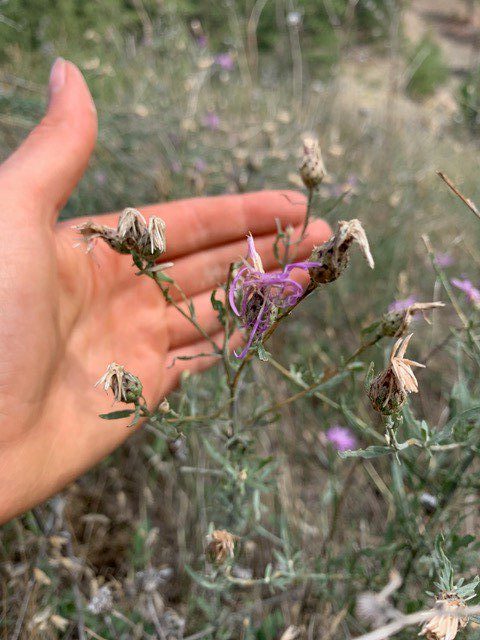
Removing invasive plant infestations from properties has been a long battle for The Nature Trust of BC’s Conservation Field Crews, and every year there’s hope for progress on reducing species like Spotted Knapweed. That’s why the Kootenay Crew was especially excited in 2019 when they found evidence of Cyphocleonus achates, a biocontrol insect known as the Knapweed Root Weevil. This insect controls populations of Spotted Knapweed by targeting the central vascular tissue of the roots.
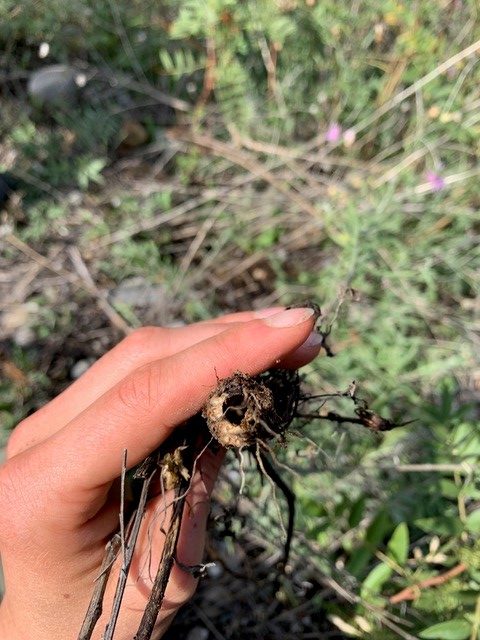
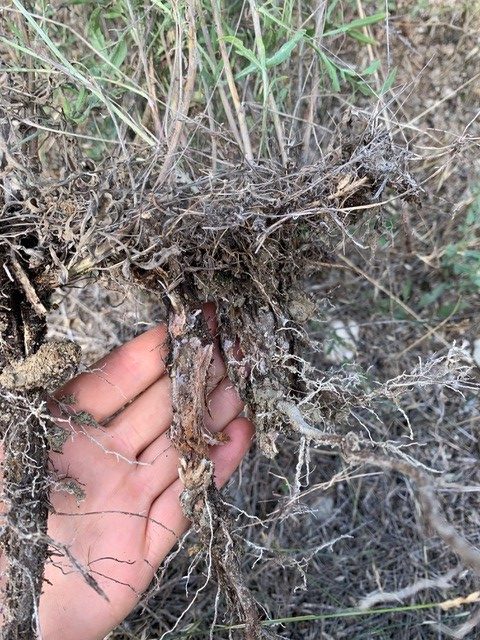
The crew found the biocontrol during a weed pull at the Wasa Slough Conservation Property, where the last biocontrol release was in 2016. The province has conducted several biological control releases in four locations around the Wasa and nearby Bummer Flats conservation properties. However, biocontrols take awhile to settle, spread and do their work, and there’s no guarantee they will be effective. Only time can reveal the progress made by these important insects.
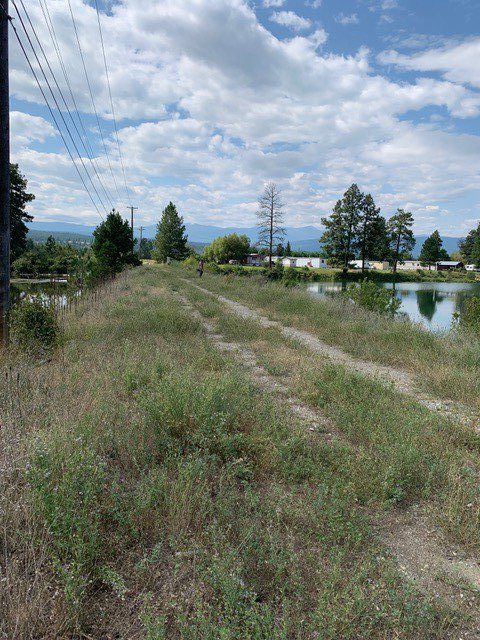
Since the Knapweed Root Weevil discovery, the Kootenay Crew has been monitoring the infestation at Wasa and experimenting with other control methods for Spotted Knapweed, like mechanical mowing and pulling. Another control method includes placing thick mats of rubber conveyor belting, which have been repurposed and placed on the ground to prevent all growth. The results of various control methods can be compared over time. With these controls, the crew is even more hopeful that progress will be made against the Spotted Knapweed infestation, and that restoration efforts will begin to bring native species back.
